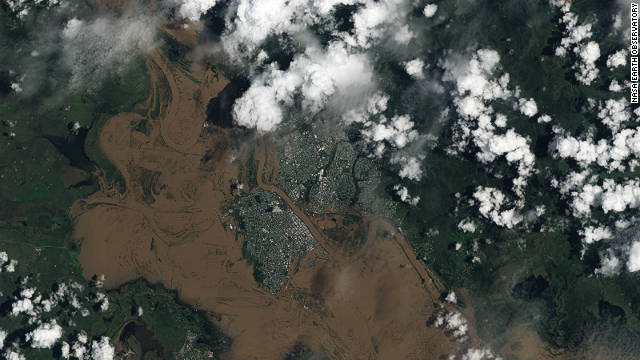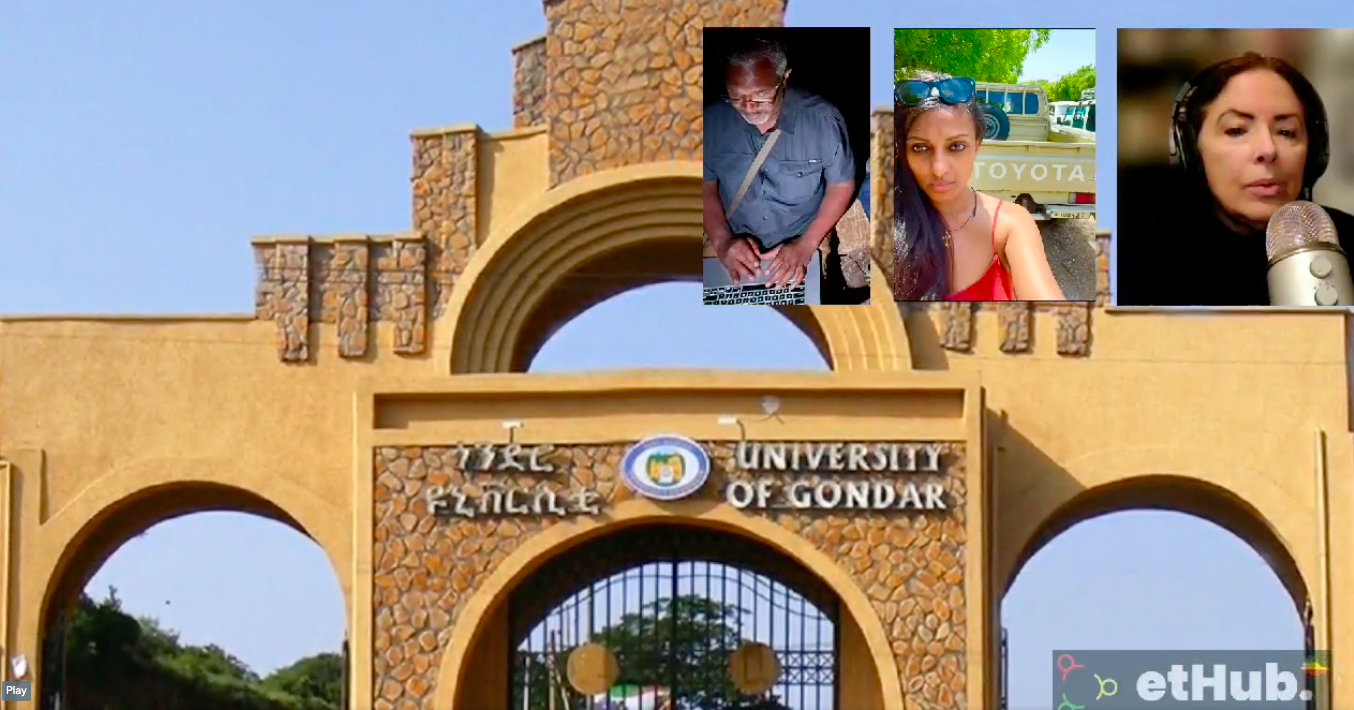London (CNN) — Global mean temperatures this year might not have scaled the record-equaling heights of 2010, but it’s been another tumultuous 12 months.
According to the World Meteorological Organization’s (WMO) provisional status report, issued at the United Nations climate talks in Durban, 2011 was the 10th warmest year on record and warmer than any other year with a La Nina event.
La Nina — an opposite weather pattern to El Nino which cools surface waters in the eastern and central Pacific — occurs two to three times a decade on average, says climatologist and scientific coordinator of the WMO statement Blair Trewin.
This most recent one — which started in the second half of 2010 and continued until May this year — has been one of the strongest in the past 60 years, says the WMO, and was “closely associated” with many of the regional weather events that have dominated the headlines throughout the year.
January saw floods in northeast Australia — the worst in Queensland’s capital, Brisbane since 1974 — and deadly landslides caused by a deluge of rain in Brazil.
The appalling disaster in a mountainous region around 60 kilometers north of Rio de Janeiro claimed at least 900 lives, according to the WMO, making it the single most deadly weather event of the year.
Heavy rains also caused many regions of the world to flood in 2011 including parts of southern Africa, Central America and southern states of Europe.
But is was major flooding in Southeast Asia that dominated the news as the year came to a close, wiping out more than 650 lives in Thailand, and dozens more in neighboring Myanmar and Cambodia.








